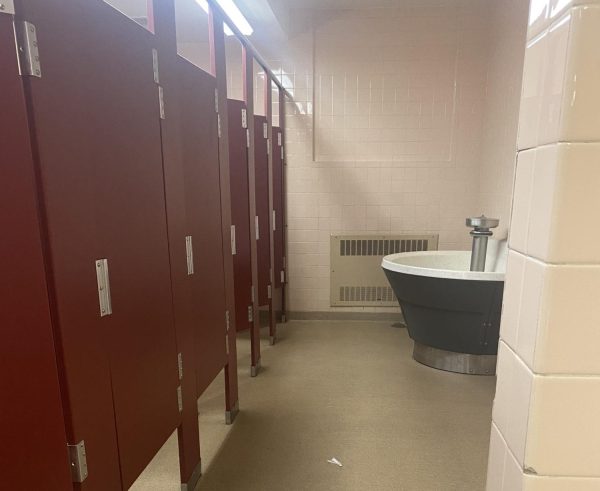The Core Problems with the Common Core
Common Core: the mysterious, sinister phrase that causes the ears of students to bleed. In the past few years, the issue of a Common Core curriculum has caused quite the uproar in student bodies, parents, and teachers alike. But the controversy has become vague and many do not fully understand the true effects of the Common Core curriculum. Is this curriculum really helping our students? If not, where did it all go wrong?
It is no longer a black and white issue and never has been. If the issue of a common education hasn’t hurt our students enough already, the controversy has become as political as ever. It has become a fight between “liberal” and “conservative,” rather than the issue of what could be potentially hurting our present students and our future nation. The nation’s focus has shifted more toward cost, an infringement of personal freedoms, and extremist arguments, rather than concentrating on our nation’s struggling students with the immense workload the government is pushing onto them.
On the official website, the Common Core is defined as “a set of clear college- and career-ready standards for kindergarten through 12th grade in English language arts/literacy and mathematics.” I’m sorry, kindergarten? Since when are we pushing for our five-year-olds to reach standards? Natalie Shaw, a second-grade teacher from Indiana, states, “At the end of the day, people just want to know what do they want us to teach so we can make sure that kids are prepared for the types of assessments that are coming up.” But we should not be teaching our children for the sake of taking an exam. An education is not for test-prep.
Many advocates argue that “Common Core standards are more important than the tests because they aim to push teachers to better prepare students for life after high school.” But why must we start at such a young age, and at our children’s expense? School should be an experimental time for students; allowing them to figure out their strengths and weaknesses: what they enjoy doing or don’t. And if middle school and high school pressures weren’t difficult enough socially, there is now the added stress of an even more unbearable workload. In a recent article posted on USA Today, “Teens feeling stressed, and many not managing it well,” over 27% of teens say that they feel extreme stress during the school year, as opposed to 13% during the summer. 32% of stressed teens have experienced headaches due to the stress and 26% have experienced altered sleep patterns.
Currently, 8 states have rejected to conform to the Common Core education system: Alaska, Indiana, Minnesota, Nebraska, Oklahoma, Puerto Rico, Texas, and Virginia; and the number may be growing. States are slowly realizing that they know what’s best for their students, not lawmakers in Congress.
Another issue with a common education is that not all states are equally equipped to provide the tools requested by the education standards. For example, California may have newer technology than South Dakota. It we are going to implement such a strict set of educational guidelines, we should at least provide schools with equal resources to teach with.
When you break it down, it is really quite simple. The goal of the Common Core is good: striving for equal opportunities for all students, and setting the standards higher for teachers and scholars to reach for. But the intensity of the syllabus and the pace of learning has done more harm than good for our children. That is an unmistakable fact.

Gemma is a senior at Westhampton Beach High School from Southampton, and is new to The Hurricane Eye this year. She loves creative writing, psychology,...












